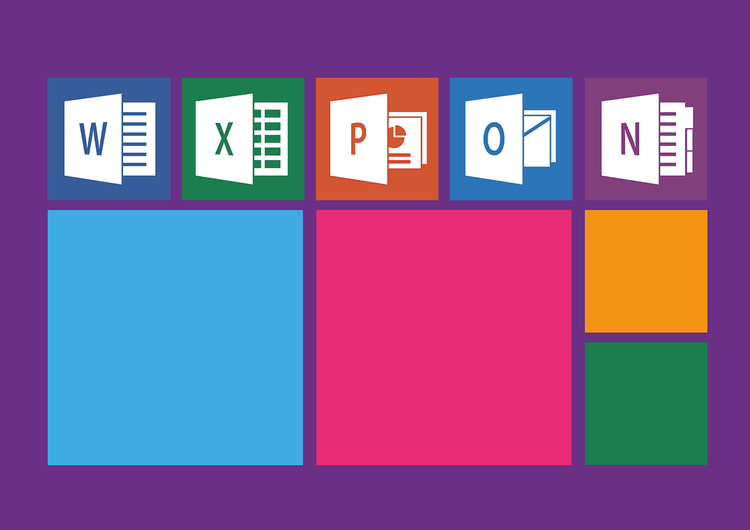One of the key challenges facing AI image generation models is speed; creating an image with tools like ChatGPT or Stable Diffusion can often take several minutes. This issue has even drawn comments from industry leaders like Meta CEO Mark Zuckerberg, who highlighted these delays at last year’s Meta Connect conference. In response, the team at Hugging Face has developed a new solution: aMUSEd, a cutting-edge model capable of generating images in mere seconds.
aMUSEd is a lightweight text-to-image model inspired by Google's MUSE framework. With approximately 800 million parameters, this model is exceptionally versatile and can be implemented in on-device applications, making it suitable for mobile platforms. Its remarkable speed is attributed to its unique architecture. Unlike conventional models that utilize latent diffusion, aMUSEd employs a Masked Image Model (MIM) framework. This innovative approach significantly reduces the number of inference steps required, which translates to faster image generation and improved interpretability. Additionally, the compact size of aMUSEd contributes to its rapid performance.
Users interested in experimenting with this model can find a demo available on the Hugging Face platform, where aMUSEd is currently offered as a research preview under an OpenRAIL license. This means developers and researchers can modify or adapt the model for various applications, making it a commercially viable option for those looking to leverage its capabilities.
Despite its impressive speed, the quality of the images produced by aMUSEd is still a work in progress. The developers at Hugging Face acknowledge that there is room for improvement and have released the model to inspire the community to explore non-diffusion frameworks like MIM for enhanced image generation techniques.
Among the striking examples generated by aMUSEd in just 2.5 seconds are creative interpretations of whimsical prompts: 'A Pikachu fine dining with a view of the Eiffel Tower' and 'A serious capybara at work, wearing a suit.' These outputs showcase the model's potential for vibrant and imaginative imagery.
Furthermore, aMUSEd excels in areas such as image inpainting in a zero-shot context—a capability that sets it apart from models like Stable Diffusion XL.
### How aMUSEd Generates AI Images in Seconds
The MIM approach in aMUSEd shares similarities with language modeling techniques, where certain parts of the dataset are masked, and the model learns to predict these unseen sections. In the case of aMUSEd, the focus is on images rather than text.
To train the model, the Hugging Face team transformed input images into token representations using a Vector Quantized Generative Adversarial Network (VQGAN). Following this, parts of these tokens are deliberately masked, allowing the model to learn how to reconstruct the missing sections. The predictions leverage both the visible areas of the images and prompts processed through a text encoder.
During the inference stage, the model efficiently interprets the text prompt into a format it comprehends, utilizing the same text encoder. aMUSEd starts with a selection of randomly masked tokens and gradually refines the image, predicting portions of it while retaining the most accurate predictions. This iterative refinement continues until the model reaches a set completion point, after which the refined predictions are decoded into the final image using the VQGAN architecture.
Additionally, aMUSEd can be fine-tuned with custom datasets, further expanding its utility. The Hugging Face team showcased the model's enhanced capabilities achieved through fine-tuning with the 8-bit Adam optimizer and float16 precision, a process that effectively utilized just under 11 GB of GPU VRAM.
This revolutionary model represents a significant step forward in the realm of AI image generation, pushing boundaries on speed and creativity.







